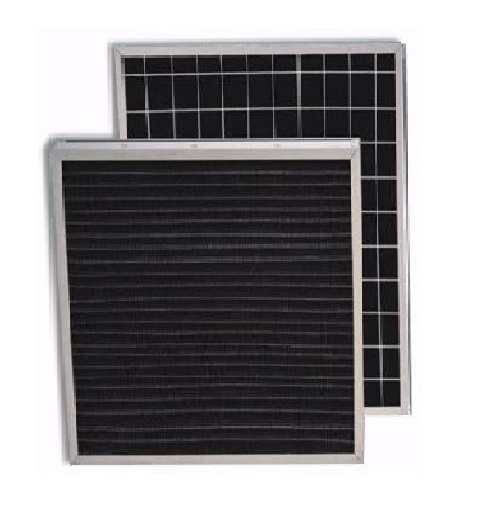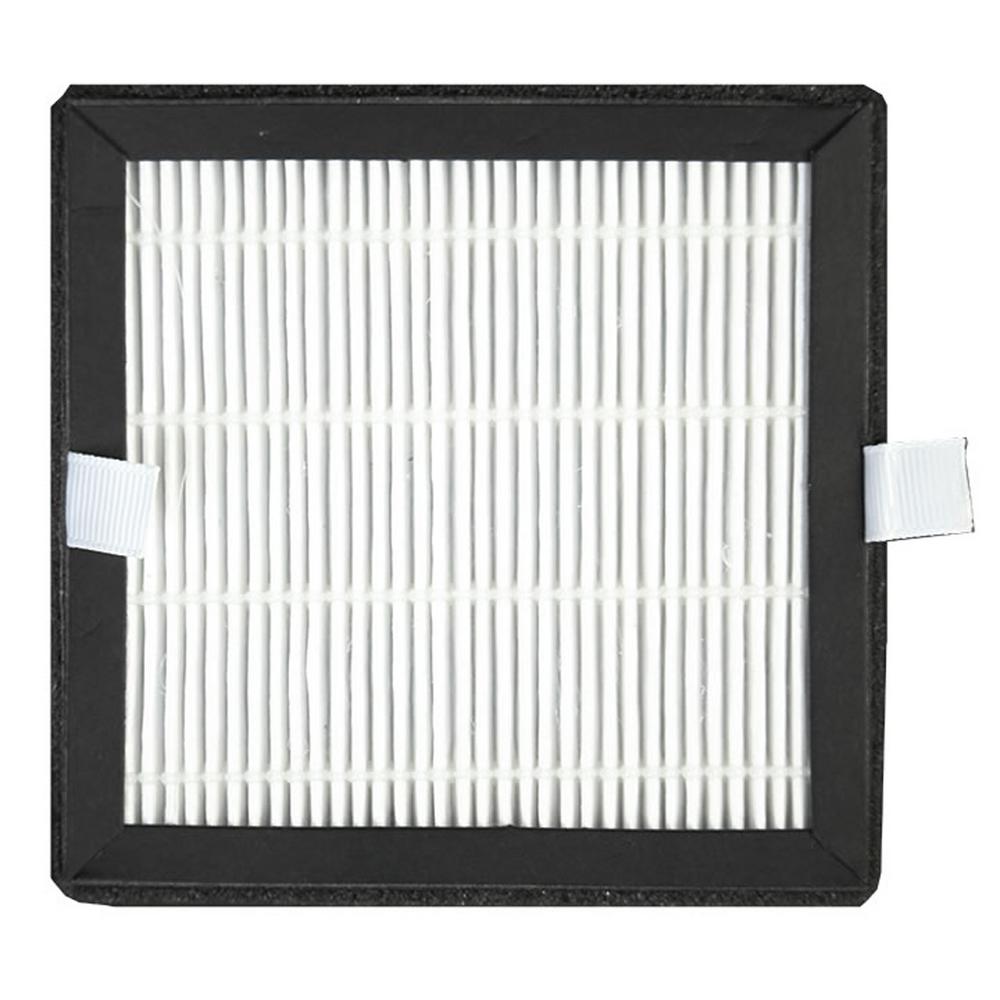

To pass through the filter, water needs some force – whether it be the force of gravity, or the force of water pressure when you turn on your faucet. This is a 2-in-1 process: large contaminants are trapped in the tiny pores, while the carbon material binds to the smaller contaminants, preventing them from being able to pass through the pores with the water particles. To learn how activated carbon filters water, we just need to understand the process of adsorption.

Not all activated carbon filters are created equal, and some will allow larger particles through that others will trap. More micro-pores across the same surface gives more opportunity to trap a wide range of impurities, making coconut shell carbon a more effective filtration option for improving water quality.Īctivated carbon filters are incredibly porous, which allows them to be as effective as possible at adsorbing (removing) contaminants from water. Second, they have a much higher percentage of micro-pores on their surface than carbon charcoal filters.



 0 kommentar(er)
0 kommentar(er)
